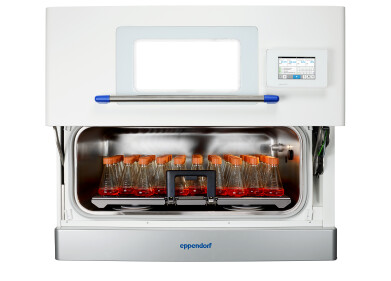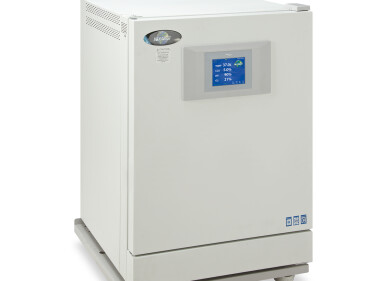Incubators
The convenient and reliable alternative to chemical-based gas measurement within your incubators
May 19 2015
With a typical laboratory having many incubators of different types and ages, checking CO2 and O2 levels is a challenge. Even the most modern incubators need to be checked. An electronic gas analyser offers a faster and more convenient method than historically popular chemical analysis. Geotech looks at why their digital gas analyser, the G100, is fast becoming the go to product for CO2 and O2 analysis:
Ease of use
Due to the nature of measuring multiple incubators, embryologists and lab technicians require easy to use, portable and reliable equipment. The digital design of the G100 is popular due to its very simple operating procedure, providing consistent accuracy. It is quick and simple to use with functionality to measure CO2, O2 and relative humidity simultaneously within incubators. Alternative approaches to measuring CO2 and O2 levels involve using chemical analysis. In comparison to the G100, chemical-based measuring products available on the market require time consuming manual preparations: the pump used has to be manually pumped almost 20 times to get just one sample. CO2 and O2 levels cannot be measured simultaneously, significantly increasing the time taken to measure readings.
One of Geotech’s G100 customers uses the unit within an animal health laboratory to check CO2 levels in incubators developing tissue cultures. The incubation environment is maintained at 5% CO2 to optimise culture growth. The unit’s 10-15 incubators are of varying ages, with older incubators being replaced on a rolling basis.
“The displayed CO2 level can drift on the older incubators, so we check them all on a 2-weekly cycle,” explains the unit’s director. “We have had to adjust the potentiometers on some by up to 1% as a result. The incubator displays generally show a CO2 level slightly higher than the G100 but we record the G100 reading as that instrument is regularly calibrated and we can be confident that it is correct.”
Accuracy
The digital approach excels when comparing accuracy of readings against chemical based monitoring; the G100 is accurate to 0.2% CO2 and 1% with O2. Chemical analysis using fluids is susceptible to user error and highly susceptible to temperature change, directly affecting the accuracy. The G100 is also able to continually display live CO2, O2 and humidity and has an in-built logging function.
The laboratory comments further on the convenience: “The G100 is a very easy to use piece of equipment”, comments the lab director, “So many different people have to use it that we had to get something everybody could understand. It’s very quick to take a measurement. Previously we used a chemical based system for checking CO2 but we changed to an electronic analyser as the chemicals were pretty horrible to handle. Overall we now have very few problems with cultures and any we do have are tracked down to issues other than CO2 levels,” he concluded.
Safety
Opting for a self-contained digital analyser removes the need to use chemicals and the related safety considerations surrounding this method; unlike chemical analyser kits that absorb hazardous and corrosive fluid, the G100 does not require COSHH certification or personal protective equipment to use. Lab technicians using chemical based measuring products require goggles, gloves, ventilation and running water due to the risk of fluid escaping if the pressure builds up.
To find out more about digital CO2 and O2 analysis please contact Geotech now.
Digital Edition
Lab Asia 31.6 Dec 2024
December 2024
Chromatography Articles - Sustainable chromatography: Embracing software for greener methods Mass Spectrometry & Spectroscopy Articles - Solving industry challenges for phosphorus containi...
View all digital editions
Events
Jan 22 2025 Tokyo, Japan
Jan 22 2025 Birmingham, UK
Jan 25 2025 San Diego, CA, USA
Jan 27 2025 Dubai, UAE
Jan 29 2025 Tokyo, Japan
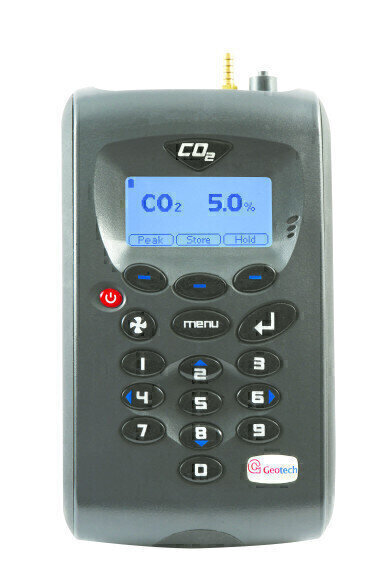
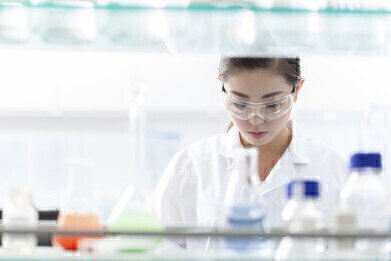
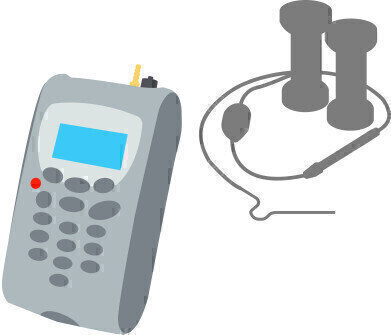
.jpg)
.jpg)
